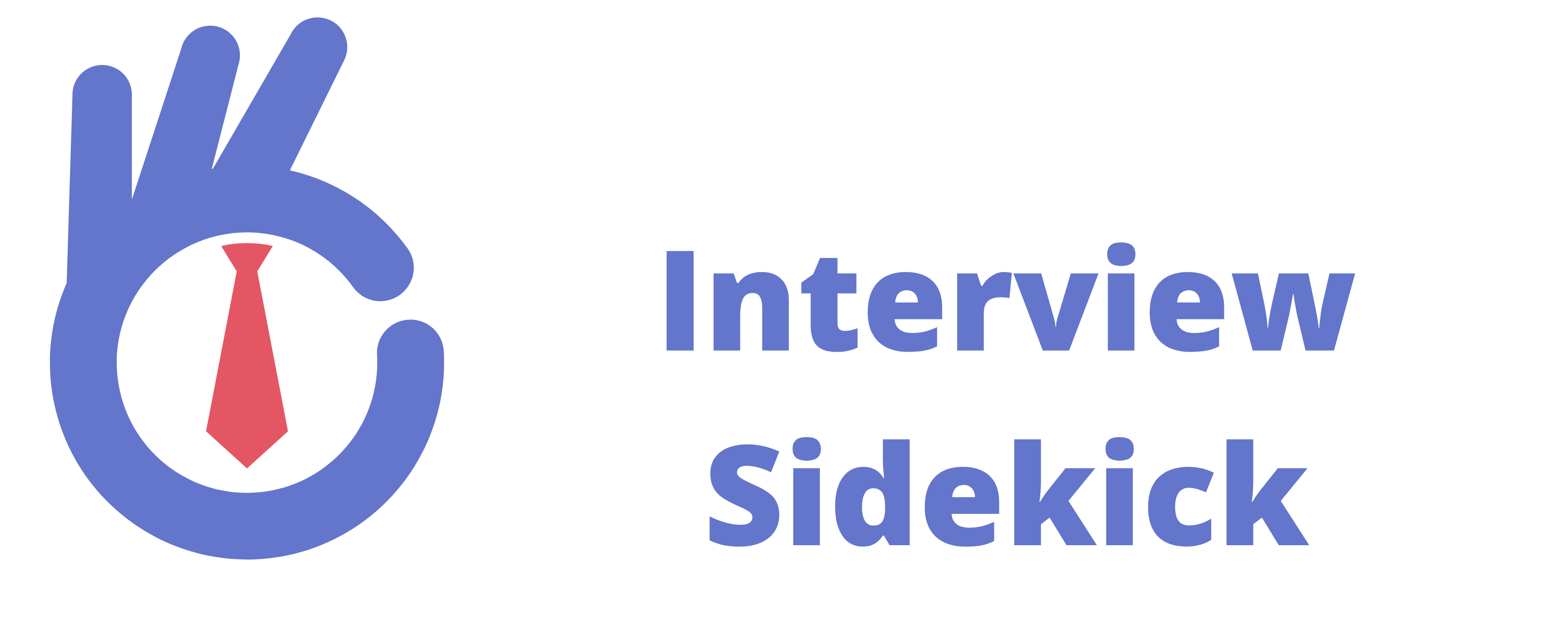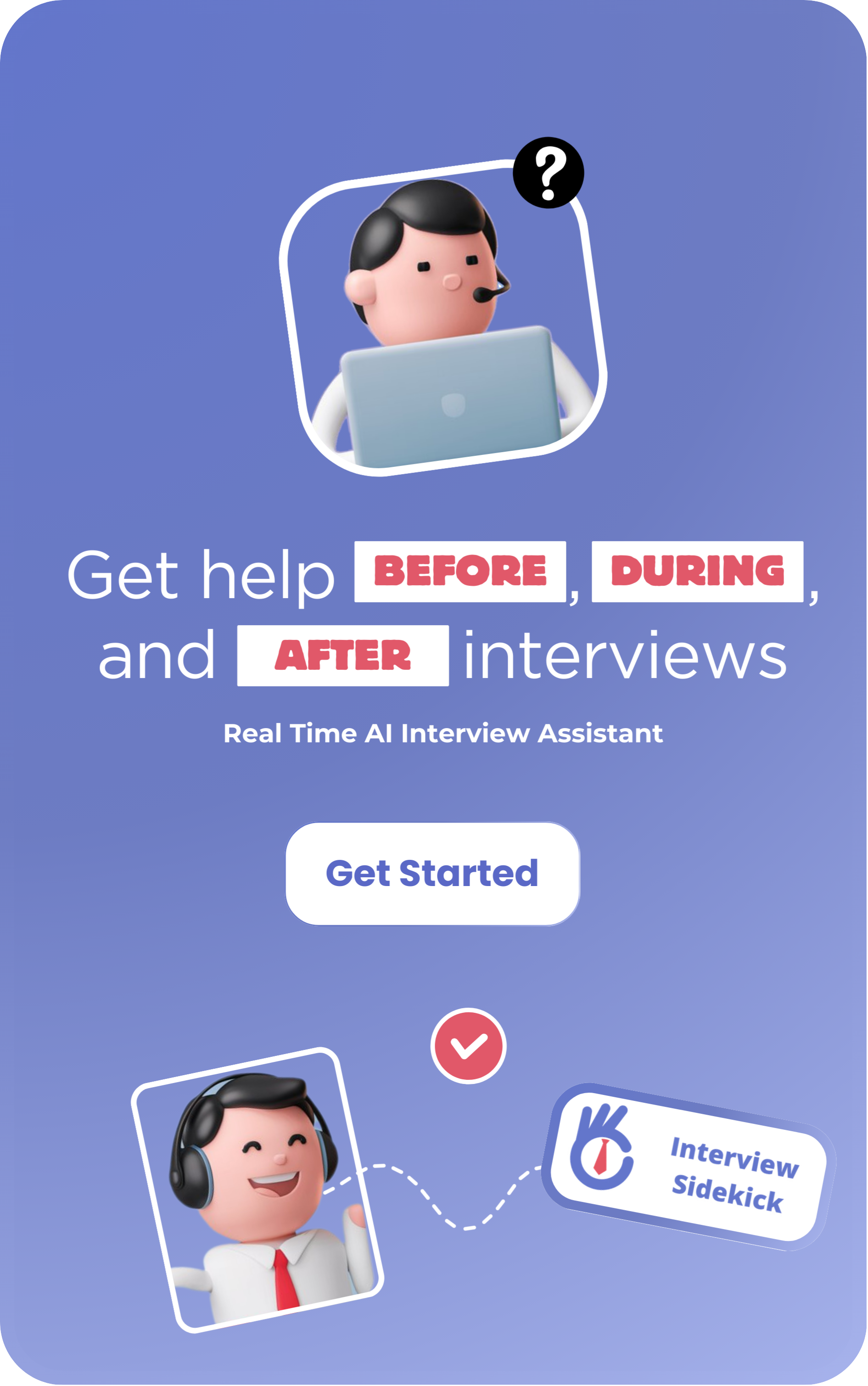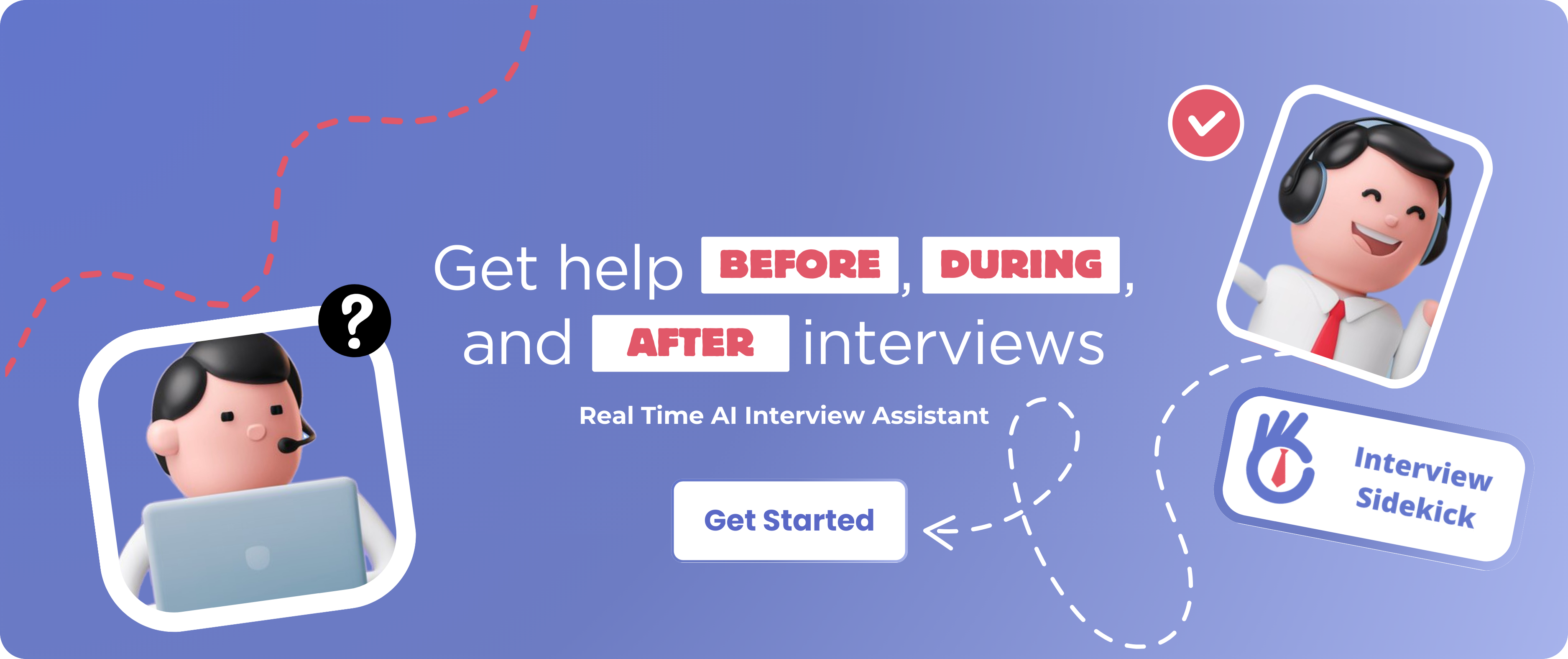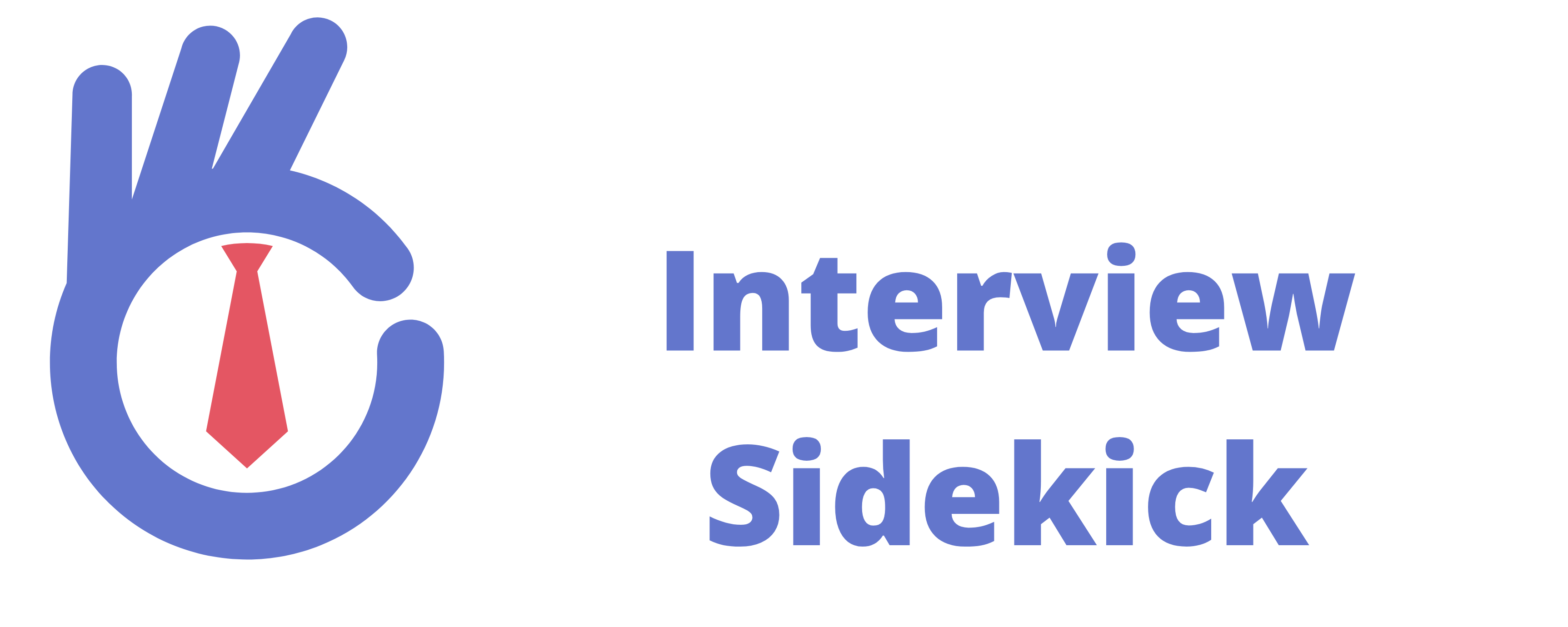Feeling overwhelmed with the technical requirements for the SDET role? You’re not alone. The key to excelling in your interview is to break down the complex SDET skills into manageable steps. With a structured roadmap, you can confidently tackle coding, test automation, system design, and more. Here’s your guide to mastering the SDET interview.
Overcoming Common Interview Prep Pain Points
- Balancing Coding and Testing Skills: SDETs require both development and testing expertise, making it challenging to juggle both.
- Mastering Test Automation Frameworks: Familiarity with different frameworks and tools can be difficult.
- Handling System Design Questions: SDETs must design testable, scalable systems.
- Staying Organized: Managing test scripts, debugging, and test reporting requires an organized approach.
- Time Management: Balancing preparation with daily responsibilities can create pressure.
Your 4-Week Preparation Roadmap
Follow this detailed, week-by-week plan to prepare for the SDET interview and build the necessary skills.
Week 1: Strengthen Your Coding & Problem-Solving Skills
Focus: Review programming concepts, data structures, and algorithms for testing automation.
Daily Goals:
- Day 1-2: Focus on data structures like arrays, linked lists, stacks, queues, and trees.
- Day 3-4: Work through algorithmic challenges (sorting, searching, recursion).
- Day 5: Study common design patterns in software development.
- Day 6: Practice solving coding problems on LeetCode or HackerRank.
- Day 7: Reflect on key concepts, focusing on areas that need improvement. Test yourself using our Interview Question Generator.
Tip: Practice coding under timed conditions to simulate interview scenarios.
Week 2: Dive Into Test Automation & Frameworks
Focus: Master test automation, including writing and maintaining test scripts.
Daily Goals:
- Day 1: Understand the fundamentals of test automation and why it’s crucial for SDETs.
- Day 2: Learn Selenium or Cypress for web application automation.
- Day 3: Explore TestNG or JUnit for test execution and reporting.
- Day 4: Learn about BDD tools like Cucumber and Gherkin for behavior-driven testing.
- Day 5: Build your own test automation framework using Java/Python.
- Day 6: Study continuous integration (CI) and continuous delivery (CD) concepts.
- Day 7: Reflect on your progress and optimize your frameworks.
Tip: Focus on maintaining scalable, reusable, and maintainable test scripts.
Week 3: Master Testing Methodologies & Bug Tracking
Focus: Deepen your understanding of testing methodologies and tools for bug tracking.
Daily Goals:
- Day 1: Review manual testing methodologies (unit, integration, functional, regression).
- Day 2: Learn about end-to-end testing and its integration into the development lifecycle.
- Day 3: Familiarize yourself with bug tracking tools (Jira, Bugzilla, or Trello).
- Day 4: Explore test case management tools like TestRail or TestLink.
- Day 5: Study various test strategies, including exploratory and load testing.
- Day 6: Practice writing and executing detailed test cases.
- Day 7: Analyze bug reports and understand how to efficiently track defects.
Tip: Practice prioritizing bugs and communicating effectively with developers.
Week 4: Focus on System Design, Behavioral Interview, and Mock Interviews
Focus: Refine your system design, behavioral answers, and interview performance.
Daily Goals:
- Day 1: Study system design principles, focusing on scalability and testability.
- Day 2: Learn to design and implement scalable test systems.
- Day 3: Prepare for behavioral interview questions using the STAR method (Situation, Task, Action, Result).
- Day 4: Conduct mock technical interviews with a focus on test automation and debugging.
- Day 5: Focus on system design for testing environments and tools.
- Day 6: Review your behavioral responses and adjust based on feedback.
- Day 7: Relax and visualize a successful interview, reviewing all topics.
Tip: When practicing for mock interviews, simulate real-life coding and debugging challenges.
Bringing It All Together
By following this roadmap, you’ll not only be prepared for an SDET interview but will also feel confident and equipped to tackle every aspect of the role.
- Master Test Automation: Build strong automation frameworks and become proficient in tools like Selenium, TestNG, and JUnit.
- Ace System Design: Understand how to design scalable and maintainable test systems and integrate automation into the SDLC.
- Strengthen Coding Skills: Practice algorithms and coding problems that you might encounter in technical interviews.
- Polish Behavioral Skills: Use the STAR method to prepare for common behavioral questions. Practice with interactive resources like our Interview Question Generator.
By staying organized, consistent, and confident, you’ll be ready to step into your SDET interview and demonstrate your full potential as a Software Development Engineer in Test!
Good luck on your journey to SDET success! 🌟




